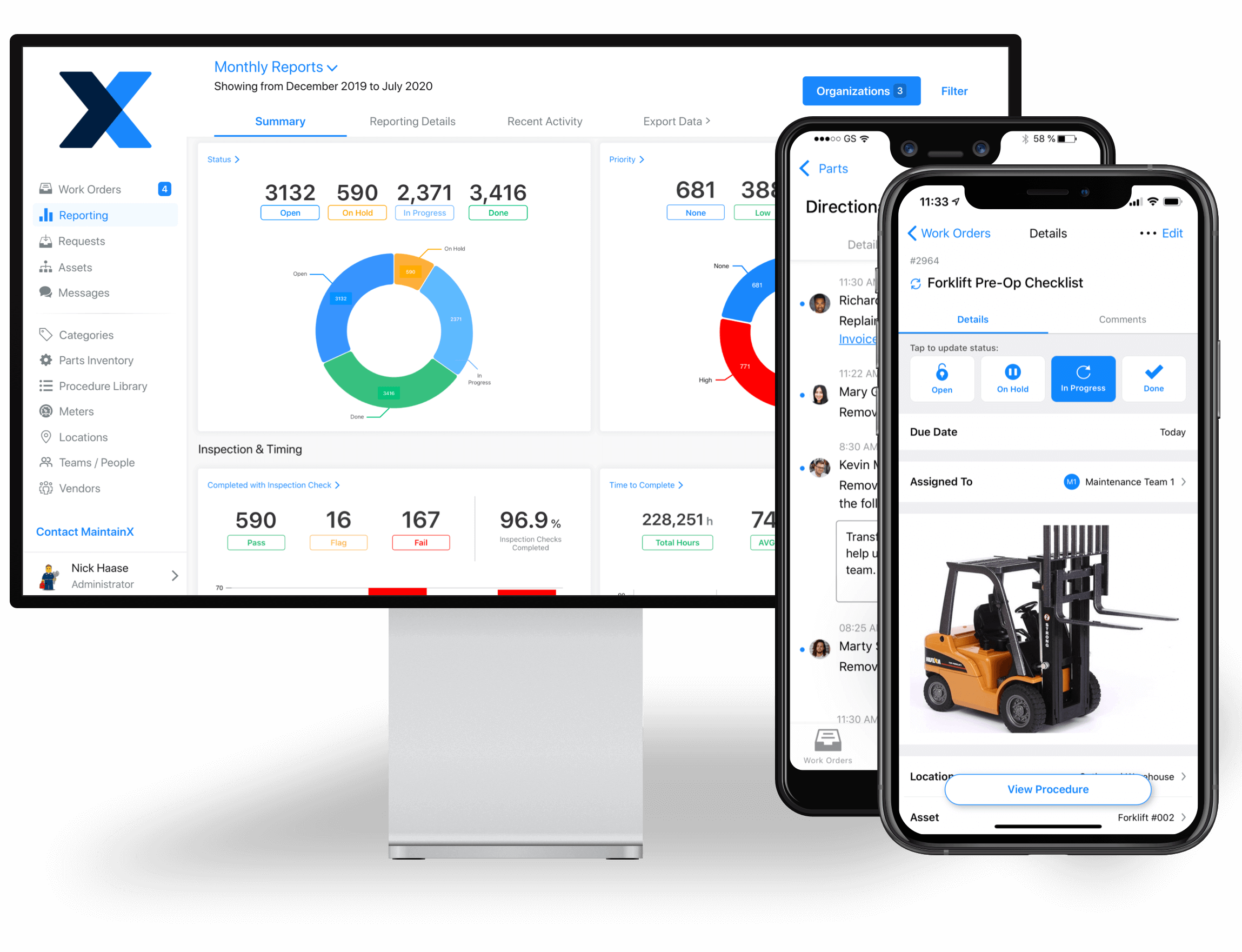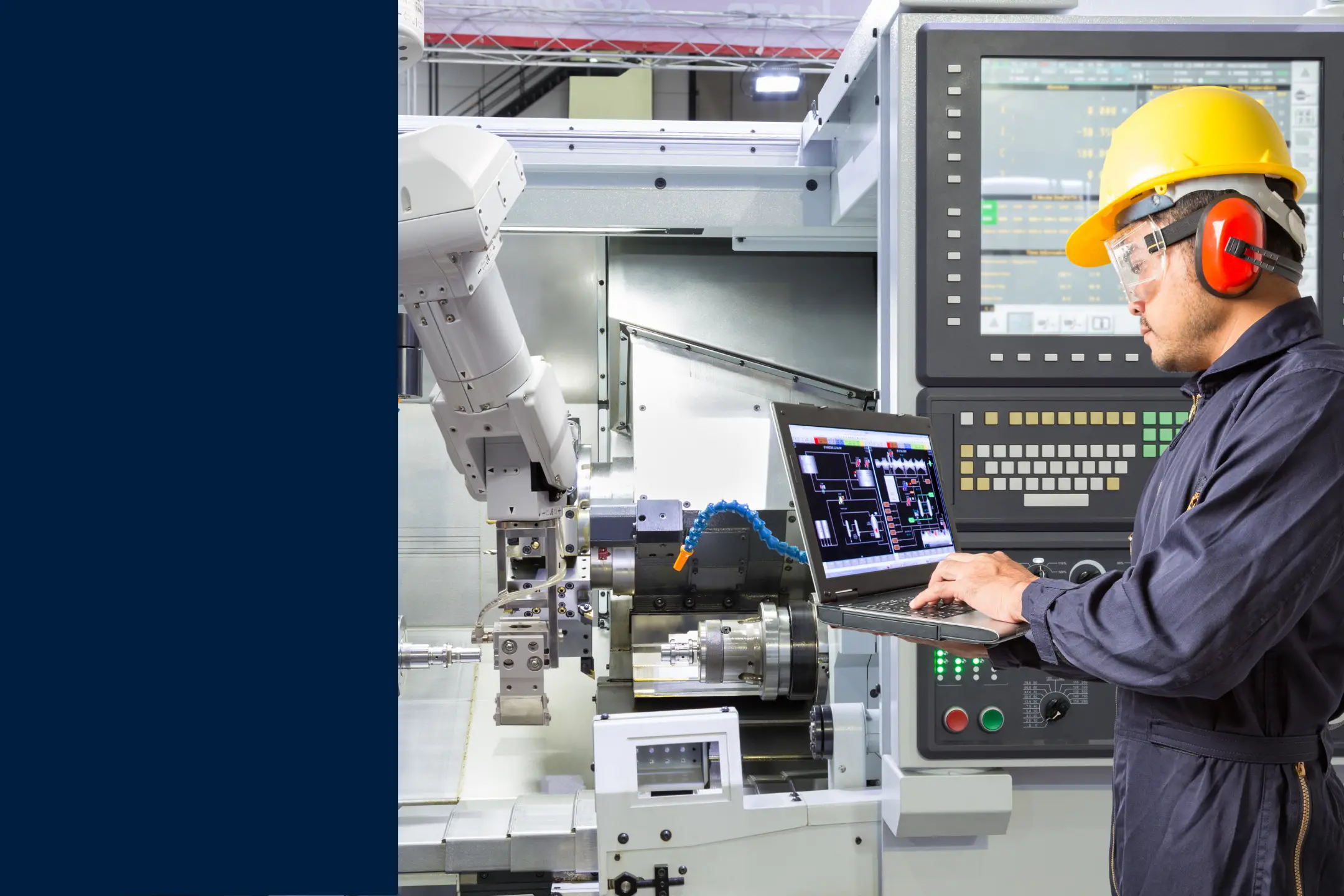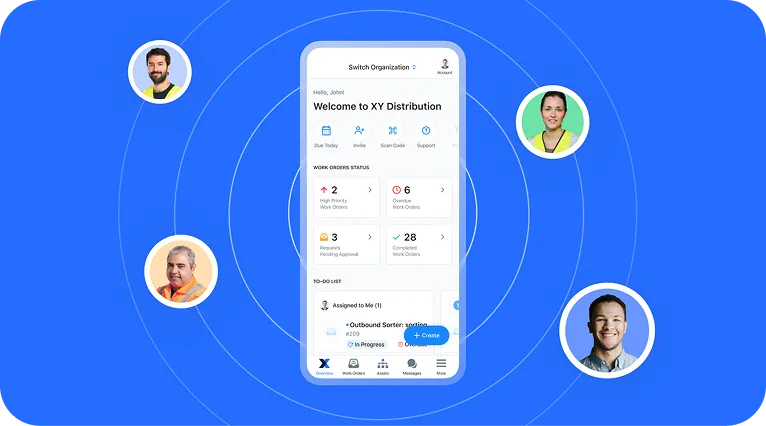
In this post, we’ll take a closer look at the overall attitude toward flexible work at the moment. We’ll also discuss how and why executives must include deskless workers in the increasing shift toward digital collaboration.
According to a PwC report, 78 percent of CEOs said flexible work is “the new normal.” The company surveyed 699 executives of small firms and billion-dollar enterprises worldwide to learn more about the impact of COVID-19. Data shows executives are increasingly shifting their priorities toward: digitizing core business operations and standard operating procedures and developing “a more flexible and employee-oriented workforce.”
Connected Workforce Technologies
The term connected workforce has become a buzzword in recent years. The term refers to an optimized network of worker collaboration, task performance, and data accessibility via integrated software programs. Essentially, it combines the three T’s: Technology, Teams, and Tasks.
Now, companies can facilitate remote work with tools like file sharing, instant messaging, workflow management, and Application Programming Interfaces (APIs) across cloud-based platforms.
Dozens of collaborative software programs for various disciplines hit the market each month. Popular apps like Slack, Zoom, and Google Business eliminated the need to work in an office space years ago. So, why did it take COVID-19 to usher in “the era of flexible work?”

Does Remote Work Decrease Productivity?
Company leaders have long assumed remote workers both wouldn’t and couldn’t be as productive as office workers. Many executives have associated remote work with negative outcomes like at-home distractions, less brand prestige, and decreased collaboration.
Another reason for the delayed shift is a lack of connected workforce technology systems in place. According to a PWC survey, nearly half of CFOs said they expected productivity loss post-lockdowns because of lagging remote work capabilities.
However, many lockdown workers seem to be proving such fears unfounded. Two months after the initial PwC survey, only 26 percent of the surveyed CFOs anticipated reduced productivity over the next month.
Despite some companies still citing issues with remote work, evidence suggests the practice is “working out” overall.
The Future of Flexible Work
Large companies like Standard Chartered, Alphabet, and Facebook publicized intentions to standardize flexible work policies.
The changes may be necessary to prevent the dissatisfaction that would occur should rigid work schedules renormalize.
Social butterflies may miss the water-cooler chats, but nearly everyone has grown accustomed to remote work perks. At this point, would most remote workers happily give up their enhanced autonomy, reduced lunch expenses, and time saved by not commuting during rush hour?
Probably, not.
Telework Research Network’s calculations reveal a typical telecommuter could save between $2,000 and $7,000 a year working from home.
Ryan Holmes, chairman and co-founder at Hootsuite, LinkedIn to gauge worker sentiments. More than 13,000 users engaged with Holmes’ poll question: In a perfect world, how often would you like to go into the office?

As shown, only 9 percent of respondents prefer to suit up Monday through Friday. Based on Holmes’ unofficial poll, the ideal work arrangement for most professionals is a hybrid of remote work and in-office activities.
However, the move toward flexible work arrangements has been a long time coming. The deskforce could only watch so many Instagram stories — featuring freelancers sipping MaiTais on exotic beaches — before pushing for change.
The shift begs an important question: Where does this leave the world’s 2.7 billion deskless workers? Don’t they also deserve to be a part of the flexible work revolution?
Don’t Leave Deskless Workers Behind
Eighty percent of workers don’t sit behind computers to get work done. Maintenance technicians, warehouse workers, and service workers must be on location to fulfill their responsibilities.
Industries that employ deskless workers include healthcare, hospitality, agriculture, manufacturing, and others. Despite proving themselves essential to economic stability, these 30 million American workers are often overlooked when it comes to technological improvements and conveniences at work.
Hundreds of collaboration software solutions exist for desk workers. However, only one percent of business software spending focuses on deskless technologies. This statistic is troubling for several reasons. According to an APPrise Mobile study, barely half of U.S. deskless workers “feel connected and engaged with their employers.”
Additionally, 84 percent of them say they “don’t get enough direct communication from top management,” and only 10 percent “feel strongly connected to their companies.” These numbers should concern any employer wanting to maintain reliability and reduce turnover. However, considering how isolated many of us have felt because of COVID-19 regulations, engaging worker sentiments is now even more important.

Include Deskless Workers in the New Era
Executives can include essential workers in the “flexible work” conversation by utilizing connected-workforce technologies for deskless workers and finding ways to enhance worker autonomy.
Though most deskless roles cannot be completed from home, this doesn’t mean they can’t be improved. Consider implementing the following tips to provide deskless employees with greater job flexibility:
1. Prioritize Employee Wellbeing
According to a TELUS International study, 75 percent of American employees working from home struggled with anxiety in 2020. Furthermore, 80 percent of workers admitted they would consider switching employers for one who cared more about their mental health.
While we don’t have any studies on the mental health of deskless workers, we can only assume they have experienced a different kind of stress having to go out while others are urged to stay home.
Beyond ensuring essential workers have the equipment they need to feel safe, employers should consider offering mental health resources. Unfortunately, a cultural stigma still exists around taking personal days as opposed to sick days. Company leadership can combat this dilemma by distributing and discussing well-being policies with workers.
2. Enhance Autonomy with Technology
Organizations can enhance feelings of autonomy by embracing software programs that allow deskless workers to check in, access data, and communicate via mobile devices. Some facilities give deskless workers more control over their tasks by using Computerized Maintenance Management System (CMMS) and standard operating procedure (SOP) platforms.

Mobile CMMS apps allow workers to digitally fulfill assigned work orders, complete regulatory compliance checklists, and communicate with team members via instant messaging channels.
MaintainX’s Basic Plan includes the creation of unlimited work orders, team messages, and assets for free. Many maintenance workers report feeling increased job satisfaction as a result of feeling more in charge of their assignments via CMMS.
3. Revise Reward Strategies
Obviously, essential workers can’t enjoy the same remote-work benefits as deskless workers (e.g. reduced transportation, childcare, and lunch expenses). For this reason, employers may want to consider providing essential workers with a monthly stipend to make up for the average amount their fellow office employees are saving working from home. Such compensation can help level a seemingly uneven playing field, while showing appreciation.
4. Centralize Communication
Employers can embrace collaboration software that improves communication between deskless team members and their supervisors.
Work and social instant messaging channels provide an effective means of day-to-day communication. Informal threads serve as virtual break rooms for workers to discuss shared interests. And workers can use formal channels to discuss important work-related projects.

Team members who already get less face-time with coworkers will especially appreciate these virtual connection points. Again, leadership can use a general collaborative software like Slack, or a deskless-worker platform like MaintainX, to centralize worker communication at no to low cost.
What’s Next?
Undeniably, we’re on the precipice of a new era. Companies that wish to remain competitive must adopt emerging technologies to improve worker autonomy for office and deskless workers alike. They must also let deskless workers in on the ongoing conversation of how to improve work-life balance. We suspect flexible work is one “new normal” most of us will gladly embrace.
If you’re looking for ways to enhance O&M team communication, efficiency, and autonomy, look no further than MaintainX. Our mobile CMMS platform includes unlimited free work orders, asset entries, and team messages for free.






